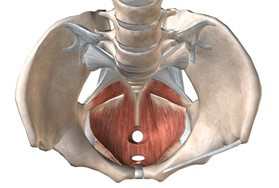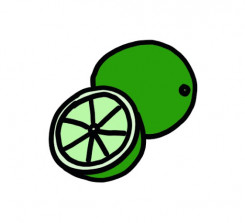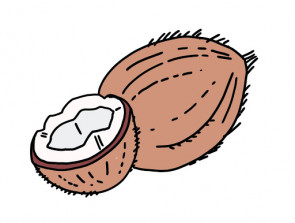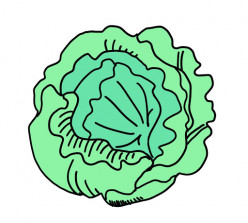Your baby is now officially an embryo and is about the size of a poppy seed.
Please visit www.nhs.uk/conditions/pregnancy-and-baby/4-weeks-pregnant/ for more information.
Local Maternity and Neonatal System
View navigation
Pregnancy journey
During your pregnancy, the increasing weight of your growing baby places pressure on the pelvic floor muscles.
 The pelvic floor muscles surround your bladder, bottom and vagina and prevent leakage of urine and provide bladder control. The pelvic floor is made up of a combination of type 1 (slow twitch which contract slowly to provide tone at all times) and type 2 fibres (fast twitch which contract quickly to provide tone when coughing, sneezing or laughing). It is important to strengthen both types of fibres.
The pelvic floor muscles surround your bladder, bottom and vagina and prevent leakage of urine and provide bladder control. The pelvic floor is made up of a combination of type 1 (slow twitch which contract slowly to provide tone at all times) and type 2 fibres (fast twitch which contract quickly to provide tone when coughing, sneezing or laughing). It is important to strengthen both types of fibres.
Or…
Pelvic floor exercises should include around 50 repetitions per day. Many women associate doing pelvic floor exercises with performing a particular task – for example, I will do my pelvic floor exercises whilst feeding my baby.
You can begin to perform pelvic floor exercises as soon as you feel comfortable following your caesarean section. You can perform them laying, sitting or standing.
Pelvic floor exercises should be continued for the rest of your life to maintain strength and reduce risks of a prolapsed uterus or bladder in later life.

Your baby is now officially an embryo and is about the size of a poppy seed.
Please visit www.nhs.uk/conditions/pregnancy-and-baby/4-weeks-pregnant/ for more information.

Your baby is now the size of a kidney bean and weighs 1g.
Please visit www.nhs.uk/conditions/pregnancy-and-baby/8-weeks-pregnant/ for more information.

Welcome to the second trimester!
Your baby is about the size of a small lime and weighs approximately 14g.
You have hopefully seen your midwife for your 'booking in' appointment, if you have not yet seen a midwife please make an appointment quickly, so you can have all of your choices about screening tests explained and offered to you.
Please visit www.nhs.uk/conditions/pregnancy-and-baby/12-weeks-pregnant/ for more information. You can also link to the 'Pregnancy Journey' area here.

Your baby is about the size of an avocado and weighs approximately 100g.
Please visit www.nhs.uk/conditions/pregnancy-and-baby/16-weeks-pregnant/ for more information.

Your baby has grown in length and is now the length of a small banana and weighs approximately 300g. Around this time you will be offered your '20 week' scan, also known as the 'anatomy' or 'anomaly' scan.Click here for more information about screening.
This is a also a good time to talk and sing to your bump as your baby can now hear sounds. This is great way for you and your partner/family to bond with your baby.
Please visit www.nhs.uk/conditions/pregnancy-and-baby/20-weeks-pregnant/ for more information.

Your baby has grown again to the approximate length of an ear of sweetcorn and weighs about 600g.
Please visit www.nhs.uk/conditions/pregnancy-and-baby/24-weeks-pregnant/ for more information.

Welcome to the third trimester!
Your baby is now approximately the weight of an aubergine; about 1kg and approximately 37cm in length.
Please visit www.nhs.uk/conditions/pregnancy-and-baby/28-weeks-pregnant/ for more information.

Your baby now weighs approximately the same as a coconut; around 1.5kg.
Please visit www.nhs.uk/conditions/pregnancy-and-baby/32-weeks-pregnant/ for more information.

Your baby is now around the same size as a lettuce, approximately 47cm long and weighs around 2.6kg.
Please visit www.nhs.uk/conditions/pregnancy-and-baby/36-weeks-pregnant/ for more information.

Your baby is now the weight of a small watermelon which is approximately 3.3kg and around 50cm in length.
Please visit www.nhs.uk/conditions/pregnancy-and-baby/40-weeks-pregnant/ for more information.